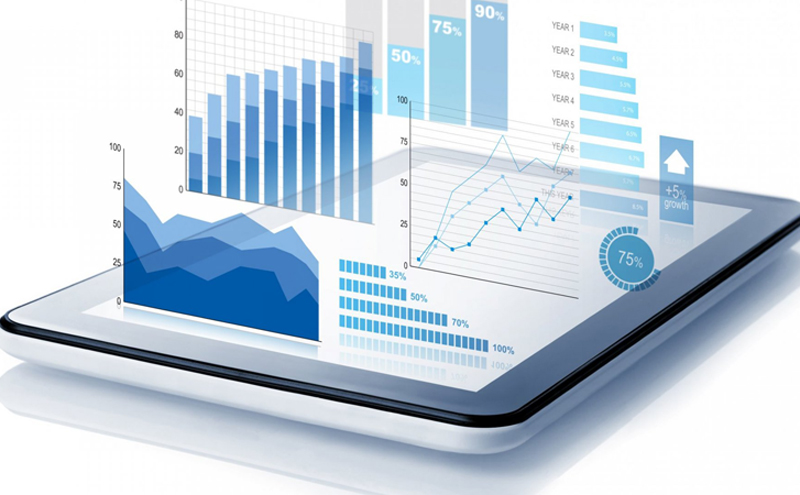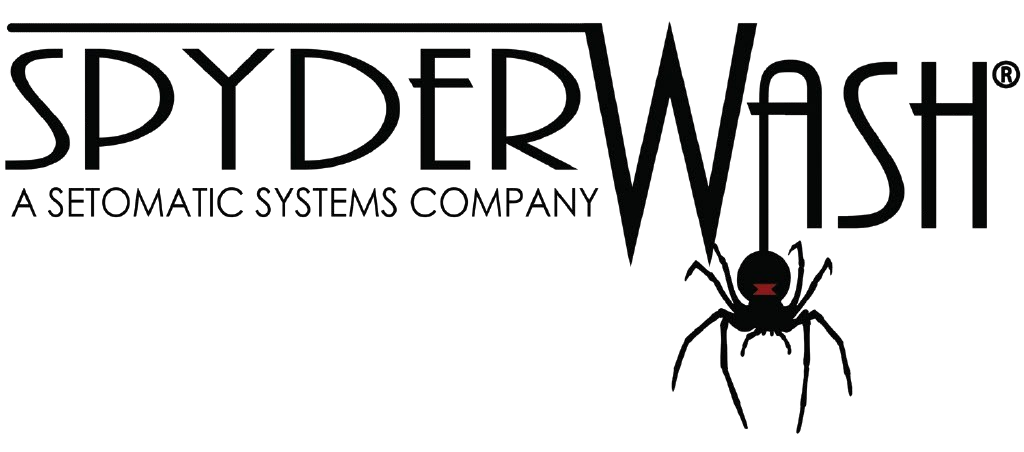The Keys to Making Smart, Data-Driven Decisions for Your Laundromat
The laundromat business is simple, right? You find a location with excellent traffic flow, super visibility, stellar demographics – and Voila! Decades of profits and business success are yours.
Well, sort of…
Don’t get me wrong – all of those elements are important to setting the stage for long-term success. But for every misconception – such as laundromats being truly an absentee business – I’ll give you far more truths that nothing guarantees your store’s long-term health.
Spoiler alert: you must be a business owner, not just a money collector.
Although part of that charge comes with delegating responsibilities and not trying to do everything yourself, you will still need to be intimately tied into the financials if you’re going to make solid data-driven decisions to guide continued profitability. So, let’s get into it.
Know Your P&L
If the term “P&L” above drew a blank look, we have a problem. Your P&L, or profit and loss statement, is foundational to managing your business. How foundational? If you have plans to expand your business, to seek a loan for new equipment or to sell your business, it’s going to be inherently difficult if your P&L is not accurate and current.
Your P&L is a treasure-trove of information that illustrates the overall health of your business. It provides information about your company’s ability to generate revenues, manage costs, and earn profits. Now, what kind of mistakes do small-business owners make when it comes to these statements? First, not staying on top of them. The best advice I can offer is to create a plan for financial reporting and stick to it, whether it’s monthly or quarterly.
Another mistake that many first-time business owners make when it comes to this area is co-mingling business and personal expenses on the P&L. Giant red flag. Keep a clean separation.
At its best, the P&L is far more than a monthly task of numbers. It’s a temperature check – a snapshot of the current health of your business. Those numbers should guide business decisions and help shine light on areas of improvement. Give the P&L your attention, interpret the data, and let it drive your business decisions.
Review Pricing
It’s the age-old laundry owner question: am I priced too low or too high?
Our P&L conversation above should help in answering that question. If you know what your expenses are and the revenue you’re bringing in, you’re on your way. One of biggest mistakes I see consistently is being slow to adjust pricing as expenses increase.
Clearly, utilities are significant expenses and subject to spikes, especially lately. Owners often will absorb those increases rather than raise prices, fearing customers will go elsewhere. Please don’t make that mistake. That is lost revenue that can never be recouped. The value of modern-day payment apps and other cashless options that were unavailable years ago is the ability to raise vend prices by a nickel or a dime, rather than waiting for a 25-cent hike. Solid business decisions are based on raising prices as your costs increase.
Also, be cautious about pricing to the market. Certainly, knowing what competitors in your market are charging is important, but don’t let that be the deciding factor that drives meeting or beating their vend pricing.
Get the full picture of your marketplace. If your competition consists of rundown laundromats with outdated equipment and a plethora of out-of-order signs – and your store is spotless, has friendly attendants, and the latest touchscreen technology – why would you need to meet or beat those competitors’ prices?
The bottom line: there’s nothing wrong with being the high-price leader in your market. If you provide a better customer experience, you can charge more.
Spot the Trends
The more you know about your business through your P&L, the better equipped you are to manage it. Spotting trends in your laundromat data is a key component to that. With a baseline established, you’ll be able to identify which swings are normal seasonal customer behaviors and which ones require additional research or interventions.
By staying up to date with this data, you also will be able to connect the data swings to which marketing activities have been successful. (You are marketing your laundromat, right?)
Steep declines may signal major shifts in customer behaviors or changing demographics that require reinvestment in the business, such as a major equipment retool or increased focus on growing your wash-dry-fold business.
Astute laundry owners will be highly tuned into business trends and course correct based on real data.
Return on Investment
You’ve spotted a trend and have decided that an equipment upgrade needs to happen to jumpstart the business. Here again, let the big picture guide your decision. Upgrading should be focused on return on investment; going cheap can come at a cost. With that in mind, not all machines are an apples-to-apples proposition.
Equipment with advanced features that drive efficiency, customer-centric controls, and systems that streamline management (saving you time) bring a higher return on investment and should be your focus. In addition, when it comes time for you to sell the business, you’ll reap additional return on investment through a higher sales price.
Selling Your Business
Upgrading equipment will result in higher ROI, but there are other factors to consider when you’re thinking about selling your laundry business.
What market trends and financial factors could signal the right time to sell your business? Some of the market trends to consider include local economy changes, competition and market consolidation, and technological advancements.
First, consider if there are any large development projects or economic shifts occurring locally that could impact your business positively or negatively. Next, consider your competitive landscape. Are new laundromats opening nearby or existing ones closing down? And how are you impacted by the activities of large laundry service providers in your market? Lastly, can you keep up with the new technologies in the laundry business – such as app-based services, high-efficiency machines, etc.?
Some of the financial factors to consider include revenue trends, profit margins and cash flow, asset valuation, cost vs. profitability, and debt levels. First, check for a steady increase or decline in monthly or yearly revenue trends. Second, analyze profitability and ensure a positive cash flow trend. Third, analyze your assets to understand how much your assets are worth, and if they are depreciating. Fourth, evaluate operating costs against revenues consistently. And, finally, understand your debt levels and assess whether your debt is manageable or escalating.
After considering these market trends and financial factors, if you’d like to pursue selling your business, I suggest consulting with financial advisors to get an unbiased review of your business valuation.
Back to the original question – the laundromat business is simple, right?
The answer is, yes, running your laundromat business can be simple, if you take the time to prepare an accurate P&L, dissect the trends in your P&L data, and make data-driven business decisions.
All in all, if you know your P&L, then you know your business.












